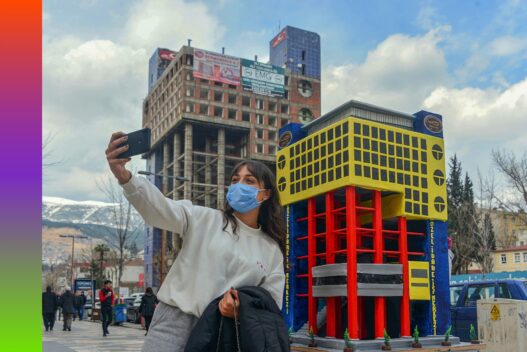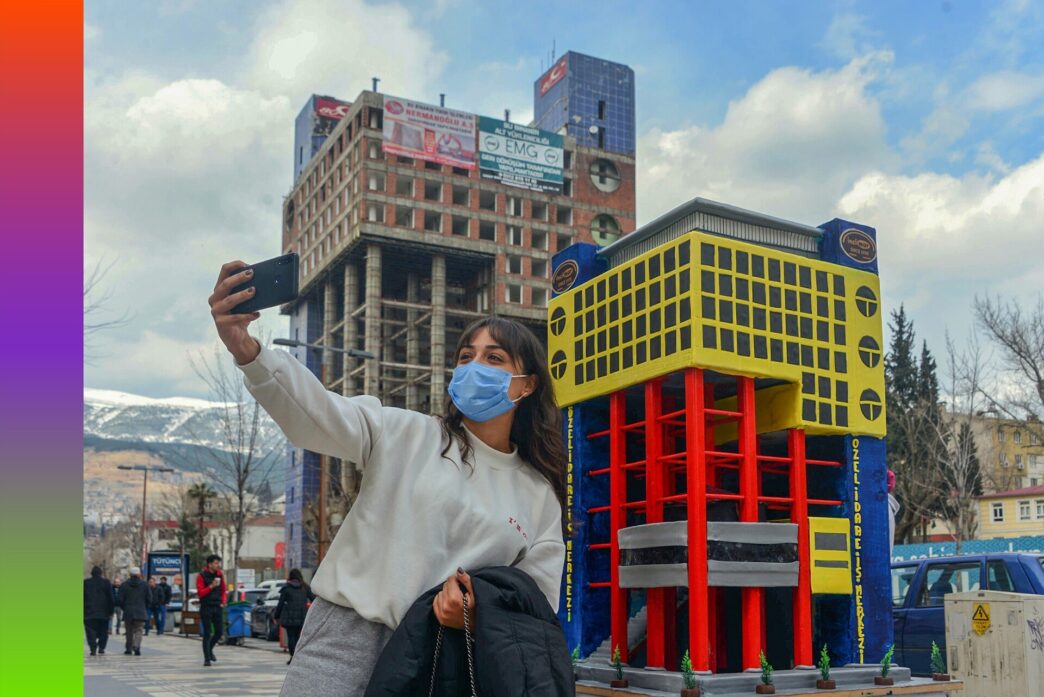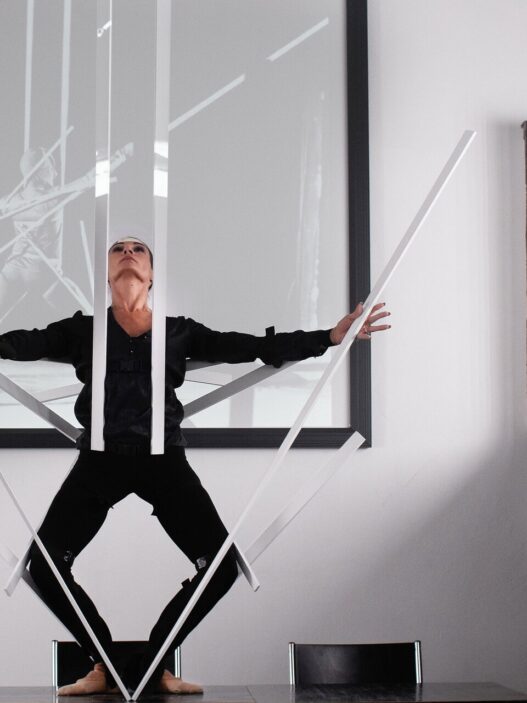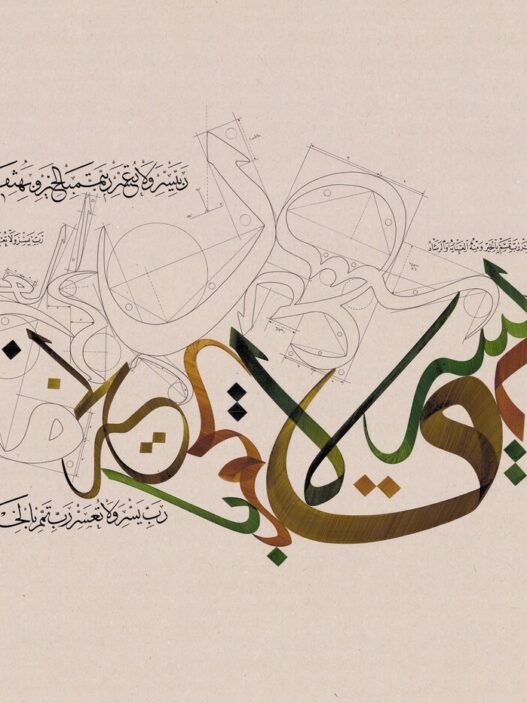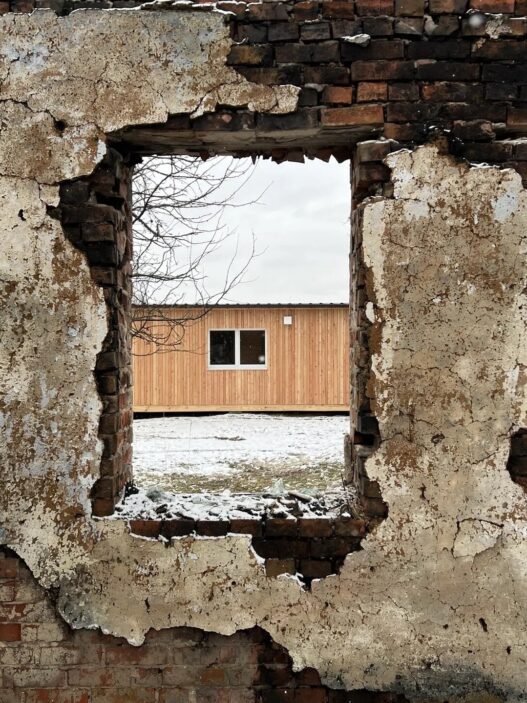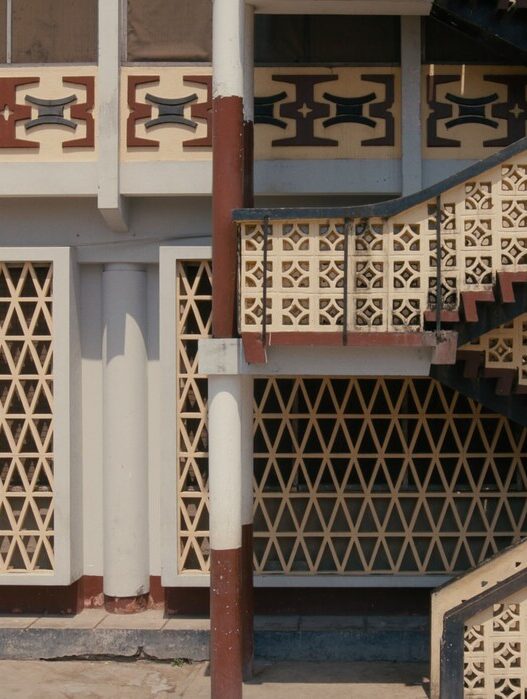Ghost Stories: The Carrier Bag Theory of Architecture, curated by Sevince Bayrak and Oral Göktaş, will be on display at the Türkiye Pavilion as part of the Venice Architecture Biennale from May 20 to November 26, 2023.
Inauguration: May 18, 2:30pm
The Istanbul Foundation for Culture and Arts (IKSV) directed the Türkiye Pavilion, which was co-sponsored by Schüco Turkey and VitrA and realized with the contribution of the Ministry of Culture and Tourism under the auspices of the Ministry of Foreign Affairs of the Republic of Türkiye.
The upcoming exhibition titled “Ghost Stories: The Carrier Bag Theory of Architecture” aims to challenge the traditional perceptions of buildings and offer a more optimistic outlook on the future. The concept is based on Elizabeth Fisher’s Carrier Bag Theory of Evolution, which suggests that humans’ first cultural device was likely a carrier bag used to transport gathered vegetables. Ursula K. Le Guin’s 1986 essay, “The Carrier Bag Theory of Fiction,” expanded on this idea, shifting away from the notion of the weapon-wielding hero.
The exhibition proposes listening to the stories of abandoned buildings rather than focusing solely on successful examples. By adapting the carrier bag theory to architecture, the exhibition seeks to transform the images we have inherited from prehistoric cave paintings to modern cityscapes, shifting our way of doing things from a focus on weapons to collaboration and unfamiliar life stories.
The exhibition includes an open call for documentation of unused buildings across Türkiye, which is considered “the laboratory of the future.” The goal is to introduce novel tools and methods to transform existing structures, rather than demolishing them, based on collective dreams and discussions. The response to the open call has been significant, resulting in an archive of images of hundreds of buildings, including residences, skyscrapers, schools, hospitals, and recreational facilities.
The urgent need to reinforce and reuse existing building stock is highlighted following the devastating earthquakes in Kahramanmaraş, which affected millions of people and left thousands in need of temporary housing. One of the focal points of the exhibition is how to address this issue.
The curators are also preparing a book that will shed light on the research process and findings of the exhibition. The book, written by Sevince Bayrak and designed by Esen Karol, will be available in English and co-published by İKSV and ListLab. It aims to involve architects and architecture students in the discussions raised by the exhibition.
Pavilion of Türkiye at the Venice Biennale
Arsenale
Sale d’Armi Nord
Venice
Italy









